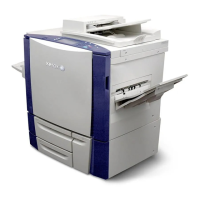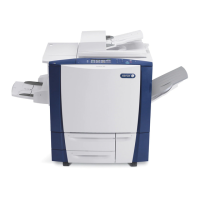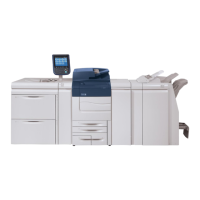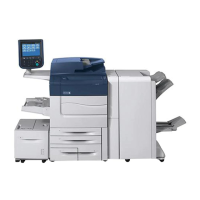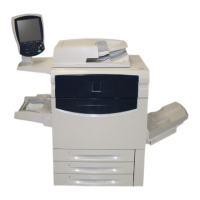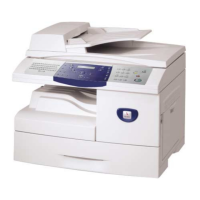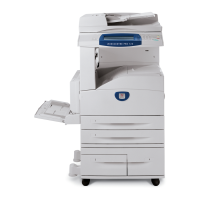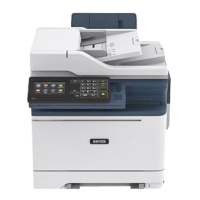February 2013
3-24
ColorQube® 9303 Family
IQ 5
Image Quality
IQ 5 Jagged or Blurry Lines or Text RAP
Use this RAP to troubleshoot the following defects:
• Jagged lines in the cross process direction
• Jagged text in the cross process direction
• Blurry text
• Irregularly spaced text
Ensure IQ 1 Image Quality Entry RAP is performed before starting this RAP.
Initial Actions
WARNING
Ensure that the electricity to the machine is switched off while performing tasks that do
not need electricity. Refer to GP 14. Disconnect the power cord. Electricity can cause
death or injury. Moving parts can cause injury.
WARNING
Take care during this procedure. The stripper blade is very sharp and can cause injury.
WARNING
Do not clean the stripper blade. The stripper blade is very sharp and can cause injury. If
the stripper blade is dirty a new blade must be installed.
WARNING
Take care during this procedure. Sharp edges may be present that can cause injury.
CAUTION
Use care when moving the marking unit into the service position when hot. Ink can spill from
the ink reservoir located at the back of the unit if opened with too much force. Cross-colour ink
contamination could also occur.
CAUTION
Do not touch the exposed face of the printheads. Surface contamination or minor damage can
easily make the printhead unusable.
• Check that the printheads are securely attached to the carriage. Run dC967 Printhead to
Drum Spacing. Perform ADJ 91.1 Printhead Attachment Check.
• Check that the printhead carriages are fully docked against the drum frame. If not, check
the wiring that runs along the umbilicals. Failure to properly route the upper or lower car
-
riage wiring may lead to jagged or blurry lines or text.
Procedure
1. Print TP 1 Initial Test Print Pages and TP 16 Stitch Identification Test Pages. Check for
the following defects:
• Alignment errors, Figure 1 and Figure 2. Dot placement errors spanning all colours in
one or more of the printhead stitch zones. If observed, go to the Y-Stitch, Printhead
Roll and Drum Runout Checkout.
• Misdirected or weak jets, Figure 3. If observed, go to the Weak Jets with Y-Dot Error
Checkout.
• Weak intensity and poor Y-dot placement in all colours and all jets of a single print-
head, Figure 4. A pale band across the whole width of a head with misplacement in
the process direction. If observed, go to the Weak Intensity and Y-Dot Error in All
Colours Across a Printhead .
• Y-dot placement defects in the process direction with acceptable jet intensity, Figure
5. A jagged edge in the process direction on lines and colour bands. If observed, go
to the Y-Dot Error Checkout.
• Jagged text, Figure 6. Pixel position may be incorrect in the process direction. If
observed, go to the Blurry / Jagged Text Defect Checkout.
2. If the defect does not match any of the above, re-define the image quality defect. Refer to
IQ 1 Image Quality Entry RAP.
Y-Stitch, Printhead Roll and Drum Runout Checkout
Procedure
Evaluate TP 16 Stitch Identification Test Page, Figure 1 and Figure 2. The severity of the
stitch defect varies in the process direction, Figure 2.
YN
Perform dC971 Head to Head Alignment Adjustment up to three times. Print TP 16 Stitch
Identification Test Pages. Refer to IQS 3 Y-Dot Position.
The severity of the alignment
defect is within specification.
YN
Perform dC914 Head to Head Alignment Test and check for obstructions that block
head alignment motion.
The head alignment motion is free from obstructions.
YN
Remove obstructions and check printhead stitch and roll motor operation, refer
to:
• 91-504-00, 91-505-00 Printhead Stitch Motor Over Current RAP.
• 91-506-00 to 91-509-00 Roll Motor Over Current RAP.
Check that the printheads are securely attached to the carriage. The printheads
are securely attached.
YN
Perform ADJ 91.1 Printhead Attachment Check.
Perform dC971 Head to Head Alignment Adjustment. Print TP 16 Stitch Identification
Test Pages.
if the severity of the alignment defect exceeds specification, refer to IQS 3 Y-Dot
Position. Perform the following:
• Check for obstructions that block carriage and printhead motion.
• Clean the IOD, refer to GP 27 Cleaning Procedure.
• Clean the drum, refer to GP 27 Cleaning Procedure.
Perform SCP 5 Final Actions.
NOTE: Before printing TP 23, ensure that A4 or 8.5 x 11 inch plain paper is loaded long edge
feed into tray 4. Use the best quality media available. Do not use hole punched paper.
Perform dC977 Drum Runout Calibration. Print TP 23 Drum Runout and Y-stitch Test Pages.
The test pages are good.

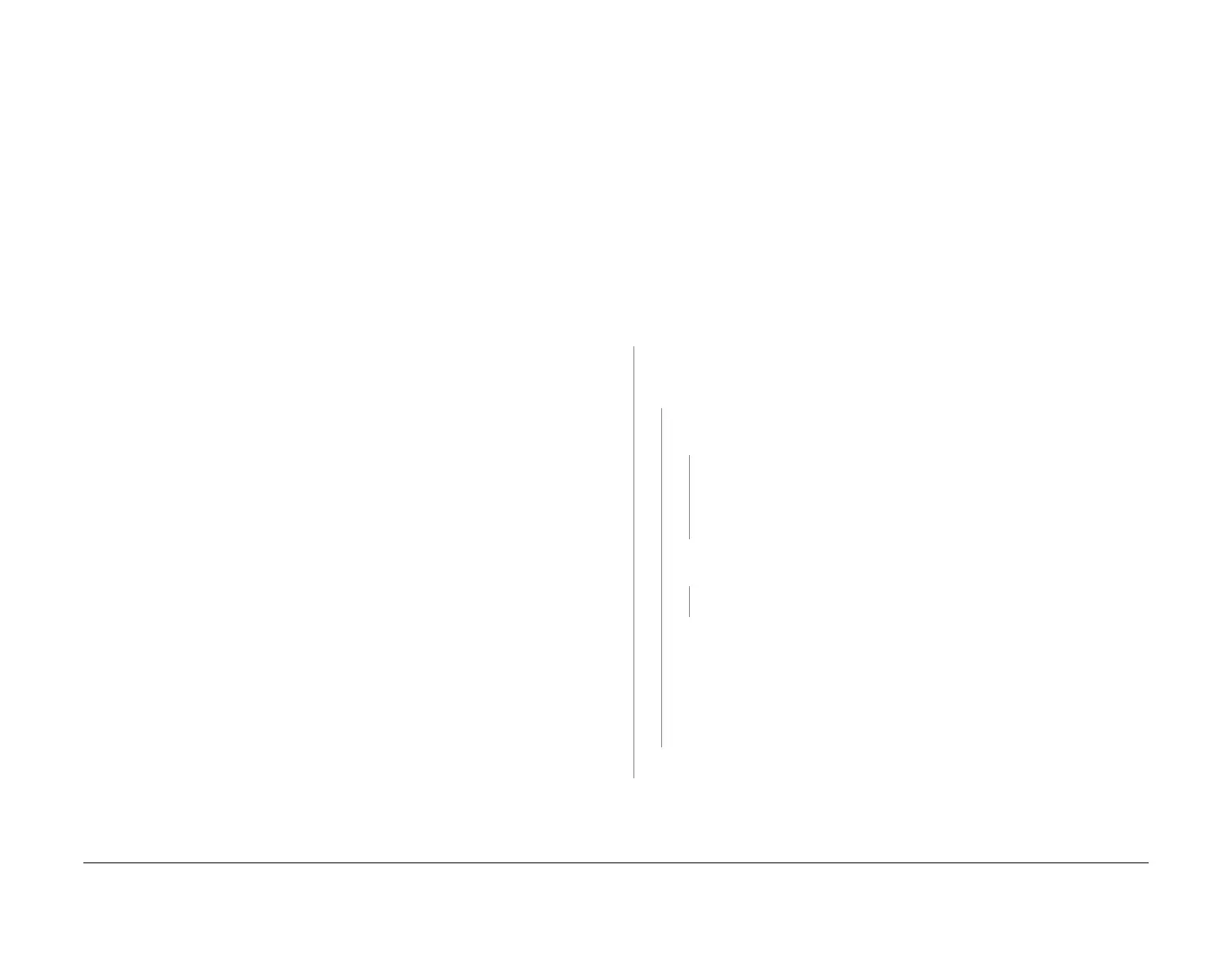